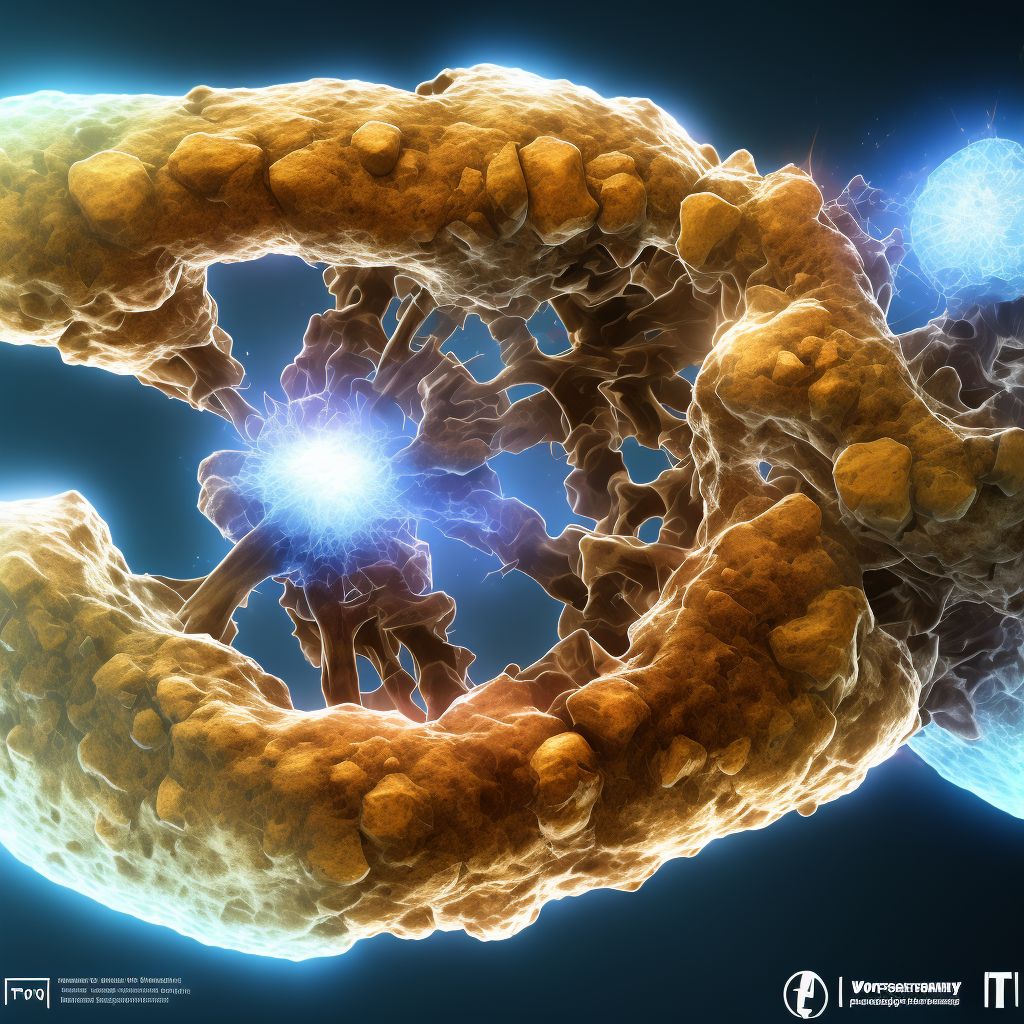
Nondisplaced transverse fracture of shaft of unspecified tibia, subsequent encounter for closed fracture with nonunion Save
ICD-10 code: S82.226K
Disease category: S82.226: Nondisplaced transverse fracture of shaft of unspecified tibia
Nondisplaced Transverse Fracture of Shaft of Unspecified Tibia: Understanding Subsequent Encounters for Closed Fracture with Nonunion
When it comes to bone injuries, one commonly encountered condition is a nondisplaced transverse fracture of the shaft of the unspecified tibia. This type of fracture occurs when the tibia, or shinbone, breaks horizontally across its shaft without any significant displacement. While this injury may not seem severe at first, if left untreated or improperly managed, it can lead to nonunion, which refers to a failure of the fractured bone to heal properly.
Causes:
A nondisplaced transverse fracture of the tibia's shaft can result from a variety of causes, including falls, sports injuries, or direct trauma to the shin. The impact causes the bone to break cleanly across its width without any significant shifting or misalignment, hence the term "nondisplaced."
Symptoms:
Common symptoms of this type of fracture include localized pain, swelling, tenderness, and difficulty bearing weight on the affected leg. However, since this article focuses on subsequent encounters for closed fracture with nonunion, we will not discuss the treatment options for this condition.
Subsequent Encounters for Closed Fracture with Nonunion:
After the initial diagnosis and treatment of a nondisplaced transverse fracture, subsequent encounters may occur when the fracture fails to heal properly. This condition is known as nonunion. During subsequent encounters, healthcare professionals assess the progress of the fracture and determine the appropriate course of action.
Importance of Subsequent Encounters:
Subsequent encounters for closed fracture with nonunion are crucial for monitoring the healing process and ensuring the best possible outcome for the patient. Healthcare professionals may use various diagnostic techniques, such as X-rays, to assess the status of the fracture and determine the presence of any complications or delays in the healing process.
Conclusion:
A nondisplaced transverse fracture of the shaft of the unspecified tibia can lead to subsequent encounters for closed fracture with nonunion if not properly managed. These subsequent encounters are essential for monitoring the healing process and identifying any complications. If you suspect a fracture or are experiencing symptoms, it is crucial to seek medical attention promptly to ensure proper evaluation and treatment.
Treatment of Nondisplaced transverse fracture of shaft of unspecified tibia, subsequent encounter for closed fracture with nonunion:
Treatment Options for Nondisplaced Transverse Fracture of the Shaft of Unspecified Tibia
A nondisplaced transverse fracture of the shaft of the tibia refers to a type of fracture that occurs across the tibia bone without any significant displacement of the bone fragments. This condition may result in discomfort, limited mobility, and difficulty in performing day-to-day activities.<...
To see full information about treatment please Sign up or Log in